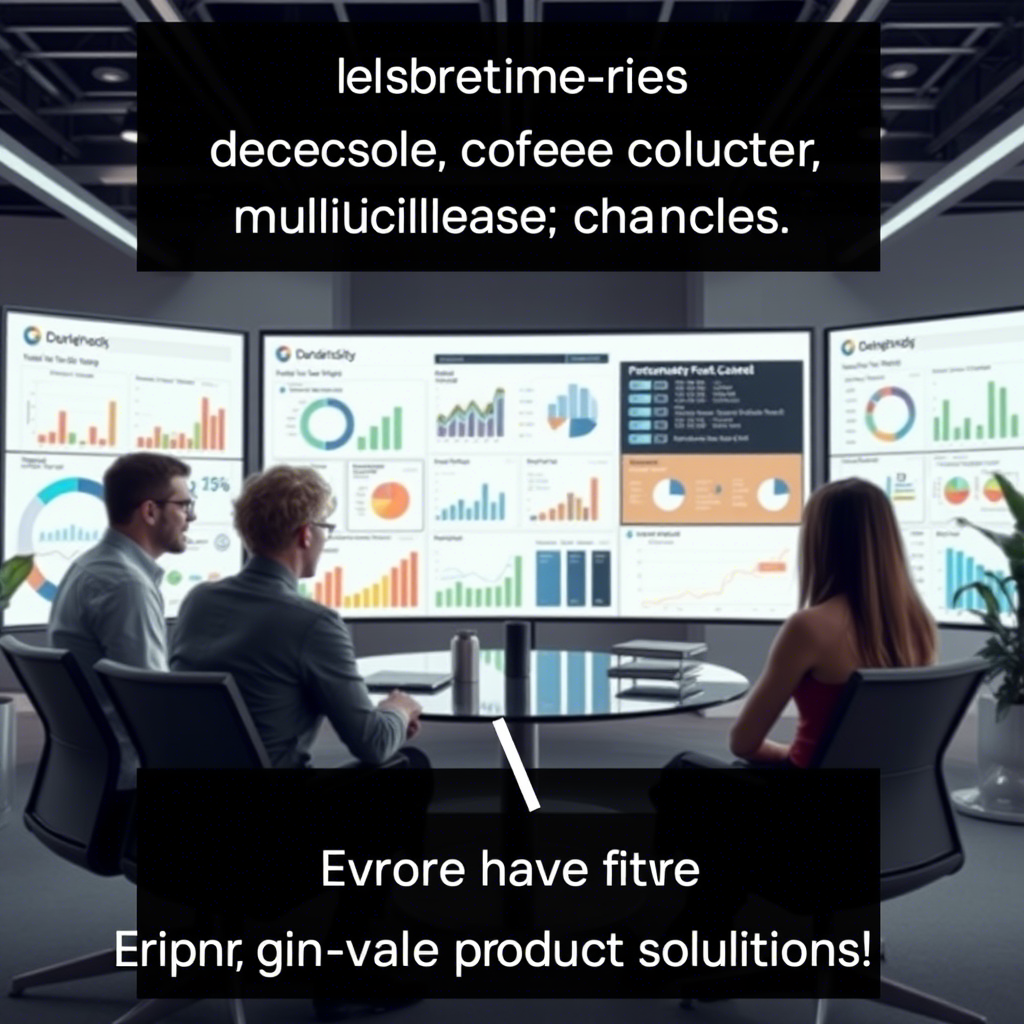In today’s competitive digital landscape, capturing the attention of potential customers is only half the battle. The other half lies in converting those who have shown interest into loyal buyers.
This is where remarketing comes into play—a powerful marketing strategy that reminds users about your brand after they’ve left your website or app.
For businesses selling high-value products, such as luxury goods, software solutions, or premium services, effective remarketing can mean the difference between closing a deal and losing it to a competitor.
This article will explore advanced remarketing strategies tailored specifically for high-value products. We’ll dive deep into why these tactics are essential, how you can implement them successfully, and what benefits they bring to your bottom line. By the end of this piece, you’ll be equipped with actionable insights to refine your campaigns and drive better results. Let’s get started!
Understanding Your Audience: A Foundation for Success
The first step in creating a successful remarketing campaign is understanding your audience. High-value products often appeal to niche markets, making it crucial to identify and segment your target buyers effectively.
For instance, if you sell enterprise-level software, your ideal customer might be decision-makers within large corporations. On the other hand, if you offer luxury watches, your audience could consist of affluent individuals passionate about timepieces.
To build an accurate profile of your audience, consider leveraging tools like Google Analytics, Facebook Insights, or CRM platforms. These resources allow you to track user behavior, demographics, and preferences. Once you understand who your audience is, you can tailor your messaging to resonate more deeply with them.
For example, imagine a company selling custom kitchen appliances priced at $5,000 each. Instead of sending generic ads to everyone who visited their site, they could create segmented campaigns targeting users based on their browsing history.
Someone who spent time exploring ovens might receive different content than someone interested in refrigerators. Personalization not only enhances engagement but also increases conversion rates significantly.
Crafting Compelling Ad Content That Converts
Once you know your audience, the next challenge is crafting ad content that grabs their attention and convinces them to take action.
When dealing with high-value products, it’s important to highlight both the features and emotional benefits of your offering. People don’t just buy products; they buy experiences and lifestyles associated with those products.
Here’s how you can make your ads stand out:
Showcase Unique Selling Points (USPs): Emphasize what makes your product superior to others in the market. If you’re selling eco-friendly cars, focus on sustainability features alongside performance stats.
Leverage Social Proof: Testimonials, reviews, and endorsements from satisfied customers carry immense weight. Including phrases like “Trusted by over 10,000 professionals” adds credibility to your message.
Create Urgency Without Being Pushy: Use phrases like “Limited-time offer” or “Only 5 units left” to encourage quick decisions without overwhelming the viewer.
Let’s look at a real-world example. An online retailer selling designer furniture uses dynamic retargeting ads to display specific pieces that visitors viewed earlier. Alongside stunning visuals, the ad includes a discount code valid for 48 hours, creating a sense of urgency while still being respectful of the consumer’s journey.
Utilizing Behavioral Data to Optimize Campaigns
Behavioral data plays a critical role in optimizing remarketing efforts. By analyzing how users interact with your website or app, you can uncover patterns that inform smarter targeting decisions.
For example, users who added items to their cart but didn’t complete checkout likely need a nudge to finalize their purchase. Offering free shipping or a small discount through a personalized email or ad could tip the scales in your favor.
Tools like heatmaps and session recordings provide valuable insights into user behavior. They reveal which pages generate the most interest and where users tend to drop off during the buying process. Armed with this information, you can address pain points proactively. Perhaps adding live chat support on complex product pages reduces friction and boosts conversions.
Moreover, behavioral segmentation allows you to serve relevant content to different groups. A user who spent five minutes reading about warranty details may benefit from follow-up content addressing common concerns around reliability and service. Meanwhile, another user who quickly browsed through categories might respond better to visually appealing carousel ads showcasing top sellers.
Leveraging Multi-Channel Remarketing Strategies
High-value products require multi-channel approaches to ensure maximum reach and impact. While social media and search engine ads remain popular choices, incorporating additional channels broadens your scope and reinforces your message across touchpoints.
Email marketing remains one of the most effective ways to nurture leads. Sending personalized emails with curated recommendations, exclusive offers, or helpful guides keeps prospects engaged. Combine this with SMS notifications or push alerts for timely reminders—especially useful when promoting limited-time deals.
Video ads are another potent tool for high-value products. Platforms like YouTube and Instagram Stories enable brands to tell compelling stories and showcase their offerings in engaging formats. Consider producing short clips highlighting key benefits or demonstrating use cases. Visual storytelling has proven particularly effective in industries like fashion, travel, and technology.
Lastly, don’t overlook offline methods such as direct mail or event invitations. Integrating these channels with your digital efforts creates a seamless experience that resonates with diverse audiences.
Measuring Success and Iterating for Improvement
No marketing strategy is complete without proper measurement and optimization. To gauge the effectiveness of your remarketing campaigns, establish clear Key Performance Indicators (KPIs) upfront. Common metrics include click-through rate (CTR), cost per acquisition (CPA), return on ad spend (ROAS), and overall revenue generated.
Use analytics dashboards to monitor performance in real-time and adjust accordingly. A/B testing different creatives, copy variations, and placements helps refine your approach. For example, testing two versions of an ad—one focusing on price and another emphasizing quality—can reveal which angle resonates more with your audience.
Additionally, pay attention to qualitative feedback. Customer surveys and post-purchase interviews provide insights into areas for improvement. Listening to your audience ensures your campaigns stay aligned with their evolving needs and expectations.
Conclusion: Elevate Your Remarketing Game Today
Remarketing is no longer optional—it’s essential for any business aiming to thrive in today’s crowded marketplace. By implementing advanced strategies tailored to high-value products, you position yourself ahead of competitors while maximizing ROI.
From understanding your audience to leveraging multi-channel approaches and continuously measuring success, every element contributes to building stronger connections with potential buyers.
Now it’s your turn. Are you ready to transform your remarketing efforts and unlock new levels of growth? Share your thoughts below or try applying one of these strategies today. Remember, consistency and innovation are key to staying ahead. What steps will you take next?




